Perched high on a rocky spur above the meeting of two rivers, Cuenca combines medieval architecture with the sheer cliffs of the Júcar and Huécar gorges on either side. Famous for its “Casas Colgadas,” or Hanging Houses, Cuenca’s origins date back to the Moors, who built the fortress city in the 8th century. If you’re looking for the best areas to stay in Cuenca based on my recent visits to the city, you’ve come to the right place.
Accommodation Options in Cuenca
With its cobbled streets and suspended houses, this UNESCO World Heritage Site gives a feeling of stepping back in time. The Cathedral of Our Lady of Grace and Saint Julian, one of Spain’s earliest examples of Gothic architecture, dominates the skyline. You can also explore museums like the Museo de Arte Abstracto Español.
Other attractions in Cuenca include the Bridge of Saint Paul, the Castle Ruins, Parador de Cuenca, and Ciudad Encantada, a natural space with tall rock formations shaped by water erosion. Cuenca offers everything from cozy guesthouses within renovated historical buildings to modern hotels with breathtaking views.
Whether you’re visiting Cuenca for culture or nature, keep reading to discover the best areas to stay in Cuenca based on our visits to the city.
What’s the Best Area to Stay in Cuenca?
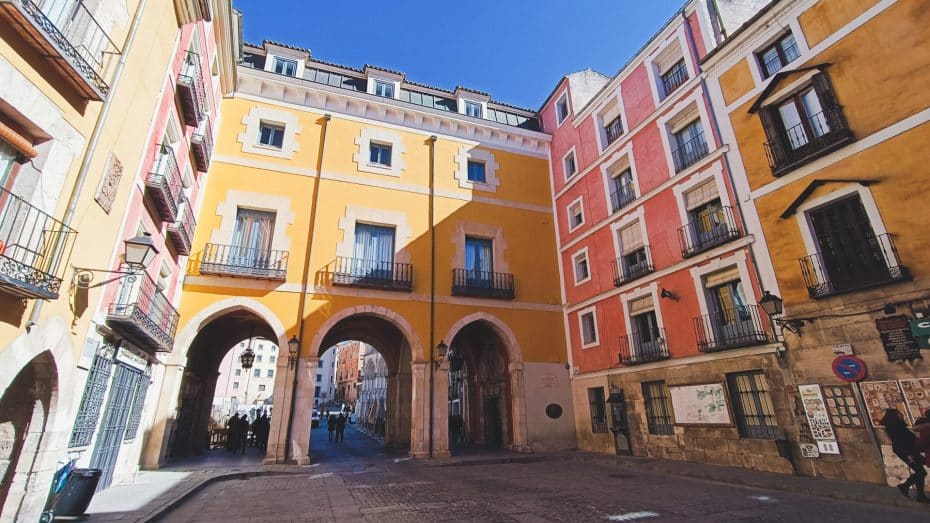
The best area to stay in Cuenca is the Old Town. This part of the city is very central, making it easy to get to many places on foot. You will find yourself surrounded by beautiful cobbled streets and medieval architecture. It’s also a peaceful place to base yourself. The Old Town area is close to important sites such as the famous hanging houses and the cathedral.
Find available accommodation in Cuenca’s Old Town.
Best Hotels in the Old Town, Cuenca, Spain
- Best four-star hotel: Hotel Convento Del Giraldo
- Best three-star hotel: Hotel Leonor de Aquitania
- Best budget hotel: Palacio de Bobadilla Suites
- Best B&B: Hospederia Seminario Conciliar de San Julián
Where to Stay in Cuenca for Sightseeing & Nature
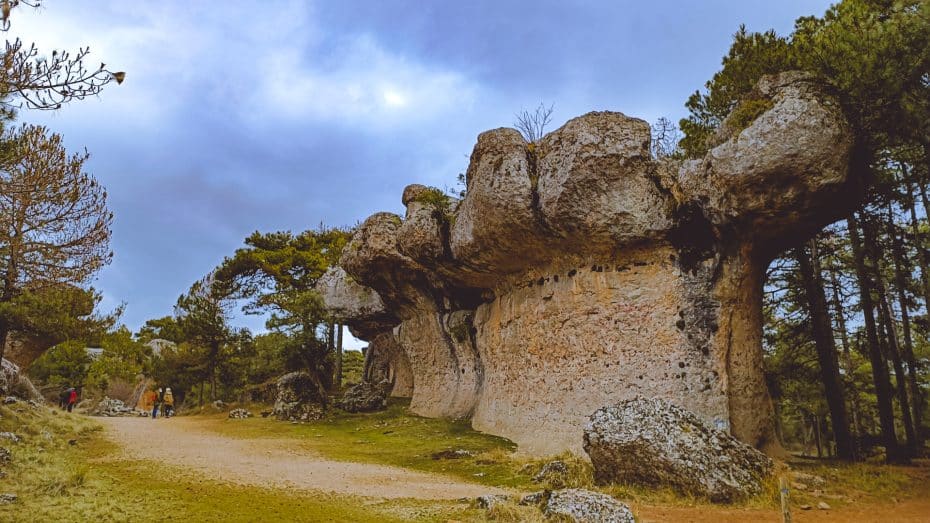
- The Old Town is the historic part of Cuenca, where you can walk through narrow streets surrounded by old buildings. It’s a good place to stay if you enjoy medieval architecture and churches. It’s also a great area for tapas and nightlife.
- Staying near the Cuenca train station means easy access to trains and buses. This area is more modern, with new shops and places to eat.
- If you like nature, the Ciudad Encantada & Parque Natural de la Serranía de Cuenca area is perfect. It’s a bit outside the city but peaceful and close to amazing rock formations and forests.
The Best Areas to Stay in Cuenca: District by District
1. Old Town: Best Location for a Cultural Visit to Cuenca
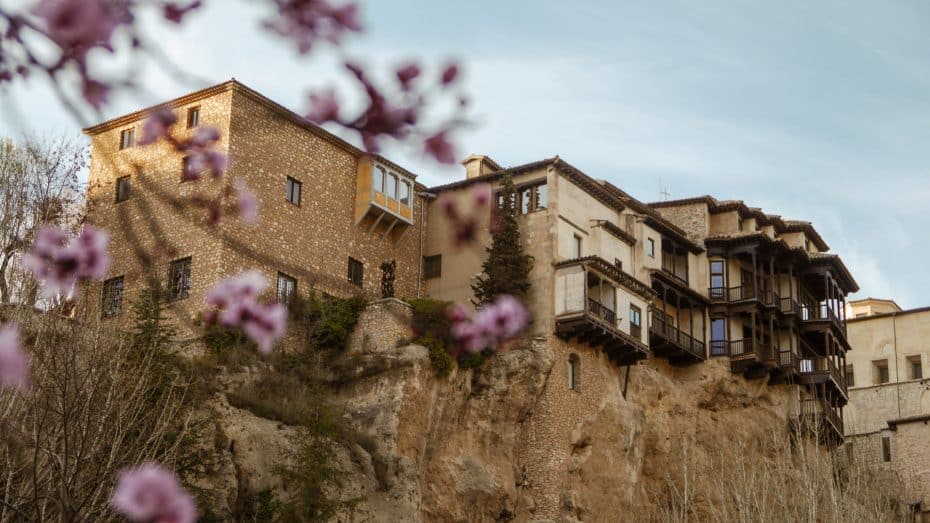
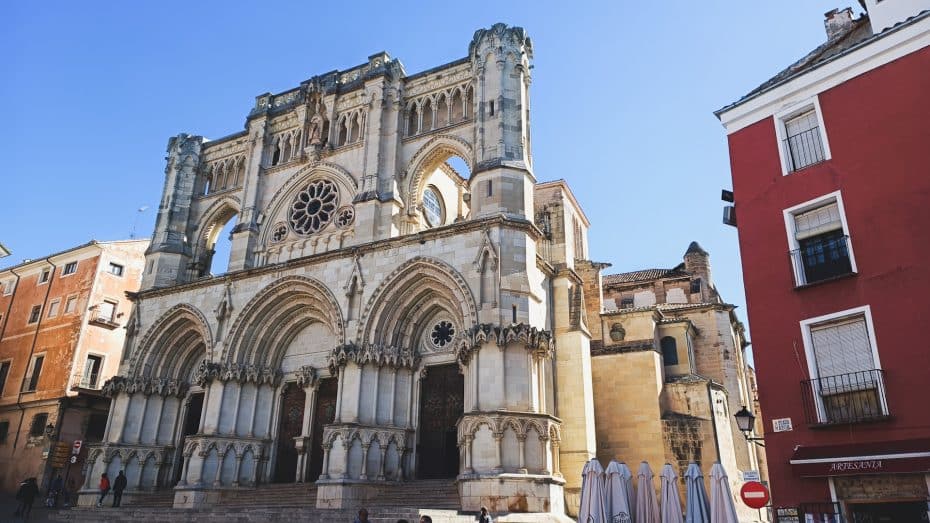
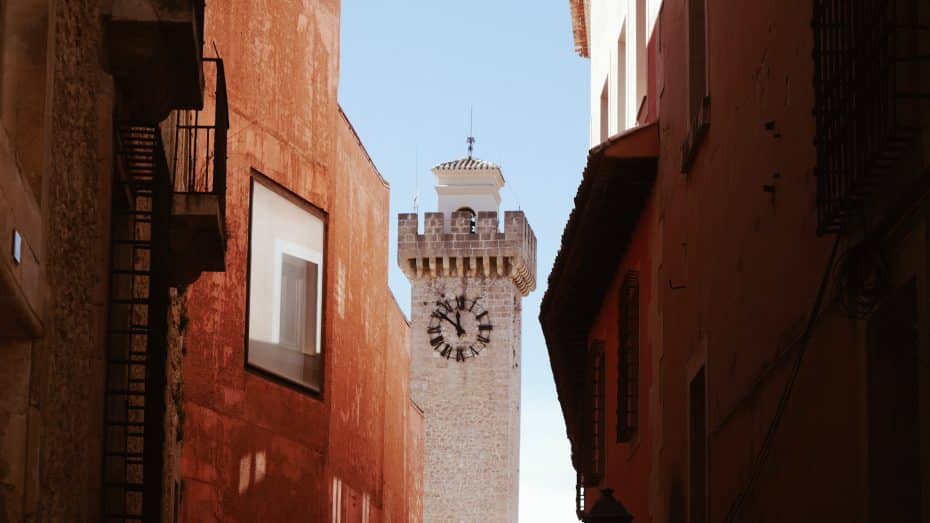
The Old Town is a great place to stay in Cuenca because of its beautiful, narrow streets and the famous Hanging Houses.
-
Why is this the best area to stay in Cuenca:
- Historical charm
- Catedral de Santa María de Gracia
- Art galleries and artisan shops
- Vibrant nightlife and restaurants
- Scenic river views
- Access to public transportation
- Plaza Mayor
- Many accommodation options
- City walls and gateways
Cuenca’s Old Town is located atop a steep spur defined by the deep gorges of the Jucar and Huecar rivers, creating a natural fortress. This medieval town is characterized by its well-preserved Casas Colgadas (hanging houses) that appear to defy gravity as they loom over the gorge’s edge. The Old Town is one of the most beautiful UNESCO World Heritage Sites in Spain.
At the heart of Cuenca Old Town lies Plaza Mayor. This area’s character is deeply influenced by its Islamic and Christian past, with traces of its Moorish occupation in the narrow, winding streets that open onto terraced plazas. Significant architectural additions were made following the Christian reconquest in 1177, including the grand Gothic Cathedral of Our Lady of Grace. The cathedral began construction in 1196 but has seen numerous modifications over the centuries.
Cuenca Old Town is home to several attractions worth noting. The Museum of Spanish Abstract Art exhibits a notable collection of 15th-century hanging houses. The San Pablo Bridge, an iron and wood construction dating from the early 20th century, offers a dramatic crossing over the Huecar Gorge and is an ideal vantage point for viewing the town.
Although nightlife in this area may not be as active as in larger cities, several small bars and tapas restaurants serve specialties like morteruelo (a game meat pate) and alajú (an almond and honey confection).
Accommodations in Cuenca Old Town reflect its historical character, with many hotels set in renovated ancient buildings. These range from modest guest houses to luxurious options.
Getting around Cuenca Old Town requires sturdy footwear for navigating its steep cobbled streets.
Best Hotels in the Old Town, Cuenca, Spain
2. Railway Station & New Town: Central Location to Stay in Cuenca
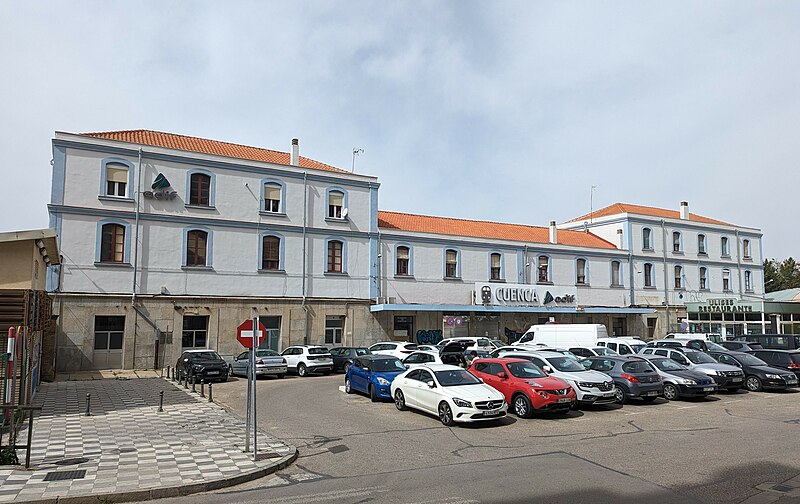
The area surrounding Estación de Cuenca is one of the best for travelers thanks to its connectivity and nearby attractions.
-
Why is this the best area to stay in Cuenca:
- Proximity to transport links
- Lively local markets
- Picturesque views
- Easy access to city tours
- Many accommodation options
- Cultural events and festivals
- Parque San Julian
- Walking distance to the Old Town
Cuenca’s central railway station is a great area to consider for travelers interested in exploring Spanish through its network of regional railways. Situated in the city center, it allows easy access to destinations such as Madrid, Albacete, and Valencia.
Unlike the Fernando Zóbel station, which offers high-speed AVE trains and is located on the city’s outskirts, the central station operates slower regional services.
The station is located a 20-minute walk from the Old Town attractions. The Cathedral of Cuenca is within a kilometer (0.8 miles) radius of the station.
The New Town area around this station contrasts with the medieval aura of the rest of Cuenca.
Various budget-friendly accommodation options make this area great for budget-conscious visitors. Additionally, many restaurants and bars can be found nearby. The surroundings of the Renfe Station are among the best areas to stay in Cuenca when traveling with kids since they have several recreational sites for children.
In terms of transport within Cuenca, aside from trains, there is an effective bus system that interconnects various parts of the city, including a shuttle service connecting the central railway station and the high-speed AVE station.
Best Hotels around Cuenca Railway Station
3. Serranía de Cuenca Natural Park: Best Location for Nature Lovers
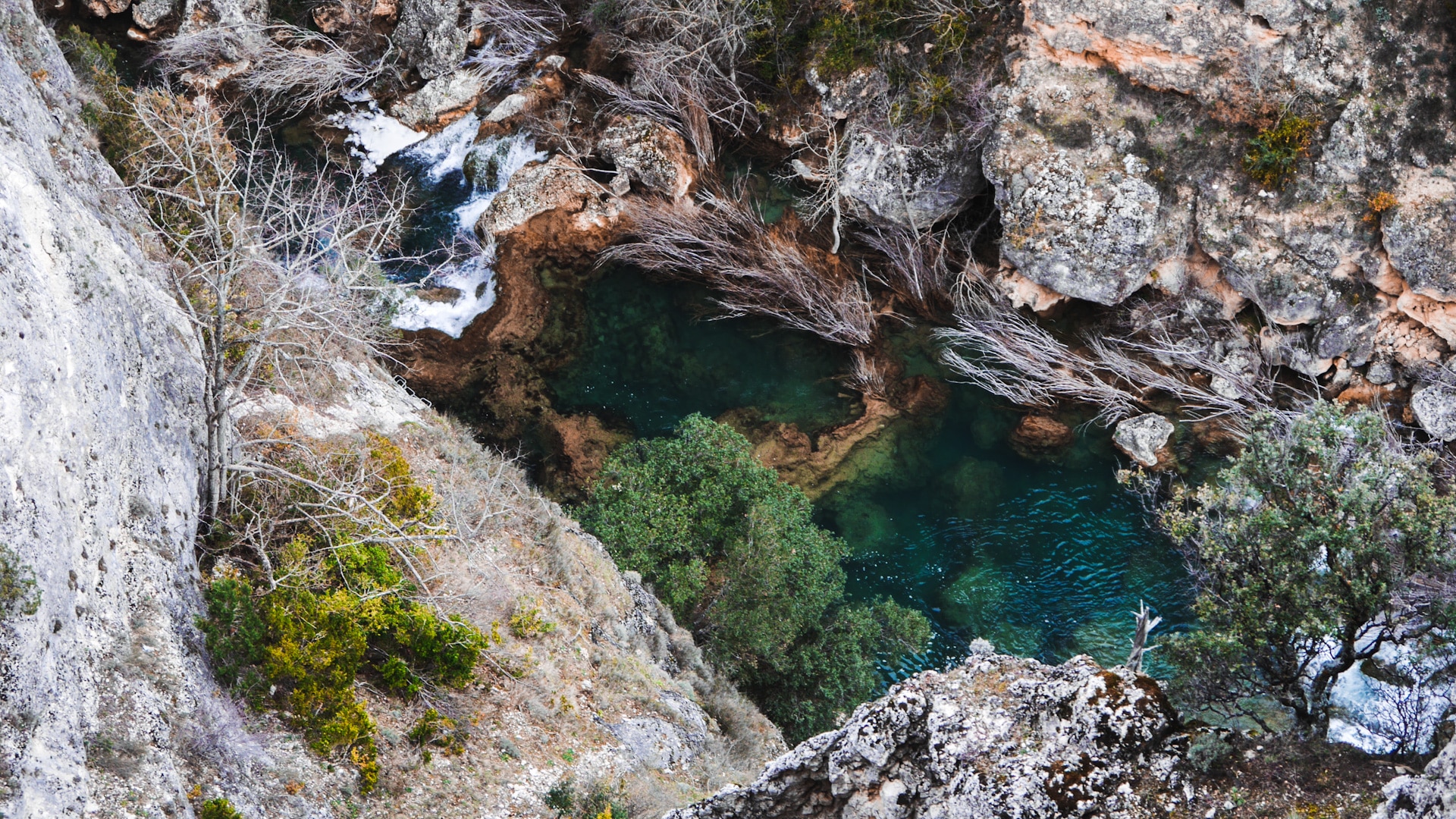
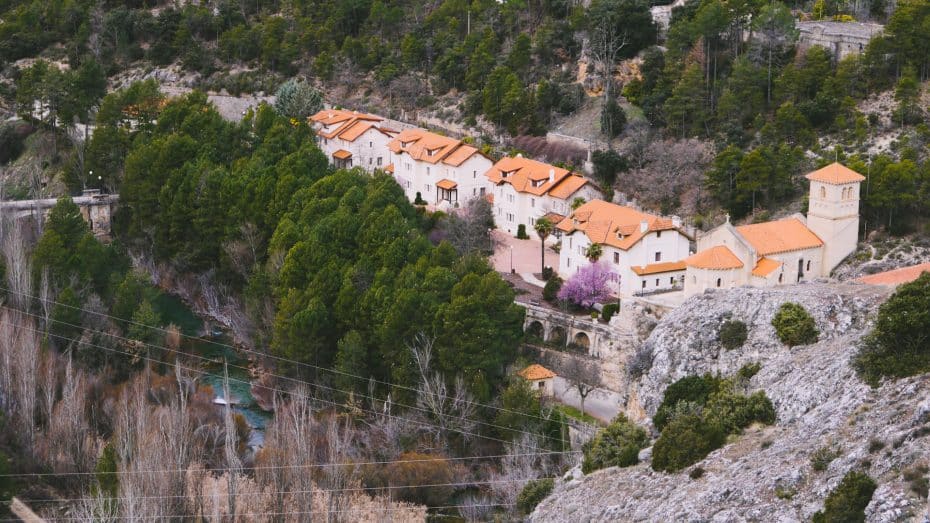
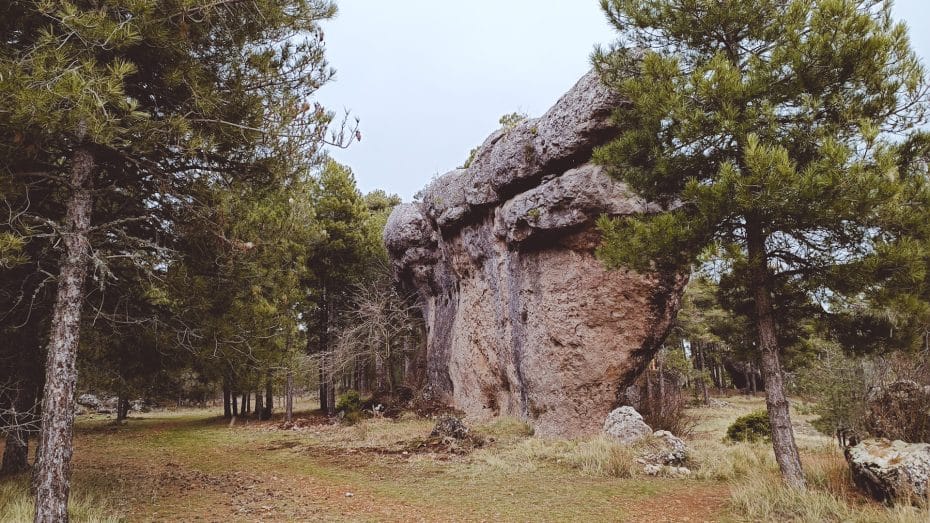
Serranía de Cuenca Natural Park is one of the most beautiful natural spaces in the province of Cuenca.
-
Why is this the best area to stay in Cuenca:
- Breathtaking mountain views
- Hiking trails
- Diverse flora and fauna
- Unique geological formations
- Crystal-clear rivers
- Historical sites
- Tranquil environment
- Adventure sports, rock climbing and canoeing
- Charming local villages with traditional crafts
- Excellent local cuisine
- Stargazing thanks to low light pollution
Serranía de Cuenca Natural Park is notable for its expansive landscapes and remarkable geological formations. Covering an area of approximately 73,726 hectares, the park serves as a haven for a variety of plant and animal species.
The Ciudad Encantada (Enchanted City) is a geological site within the park where water, wind, and ice have sculpted the limestone into surprising shapes resembling human figures, animals, or objects. This gorgeous site provides insight into the karstic processes over thousands of years.
Another attraction is the Ventano del Diablo, a natural balcony overlooking a meander of the Júcar River. Historically regarded as a strategic lookout, it offers panoramic views of the canyon below.
Surrounding towns like Uña and Villalba de la Sierra provide access to rural accommodations that showcase local architecture. These towns are often gateways for visitors to explore the park’s extensive network of hiking trails. Due to minimal light pollution, these towns also offer evenings with starlit skies.
Due to limited public transport services, transportation options within Serranía de Cuenca predominantly involve private vehicles or bicycles. The nearest transport hub is Cuenca city, which is accessible via road.
Best Hotels near Serranía de Cuenca Natural Park
Where to Stay in Cuenca, Spain: A Personal Take

Living in Madrid, I frequently visit Cuenca, a Castilla-La Mancha city known for its hanging houses and medieval architecture. I’ve grown fond of its cobbled streets and peaceful atmosphere. On my last visit, I chose to stay at Hotel Leonor de Aquitania. It’s a great place to rest, enveloped in history – the building dates back to the 18th century. The rooms are large and clean and the service is attentive; not to mention, the views of the gorge are… well, gorgeous.
Finding the best area to stay in Cuenca doesn’t require much effort if you stick close to the center. It’s practical and saves you some shoe leather, as most sights worth seeing are an easy walk away.
Where to Stay in Cuenca: Useful Information for Your Visit
When planning your stay in Cuenca, choosing comfortable accommodation is important. There are a range of hotels and hostels, from budget-friendly rooms to more luxurious suites, all accessible by public transportation or taxi services.
The city has two major railway stations – Cuenca-Fernando Zóbel Station and Cuenca Railway Station. Cuenca-Fernando Zóbel Station is outside the city and primarily serves high-speed AVE trains. You can take a bus or taxi to the city center on arrival. Cuenca Railway Station is closer to the city’s historical heart and handles regional and medium-distance trains.
Comfortable walking shoes are essential, as Cuenca’s cobbled streets and hilly terrain can be challenging to navigate. These will allow you to explore with ease, from the hanging houses perched on cliffs above the Huécar river gorge to the Cathedral at Plaza Mayor.
While there, try the local cuisine. Traditional dishes, such as morteruelo (a hearty meat pate) and alajú (a traditional sweet), can be found at many restaurants around the city center that serve authentic regional flavors.
While getting around the city includes options like buses and taxis, walking remains the best way to experience the atmosphere of this historic town. At a slower pace, you’ll appreciate the details in the architecture and feel more connected to daily life in Cuenca.
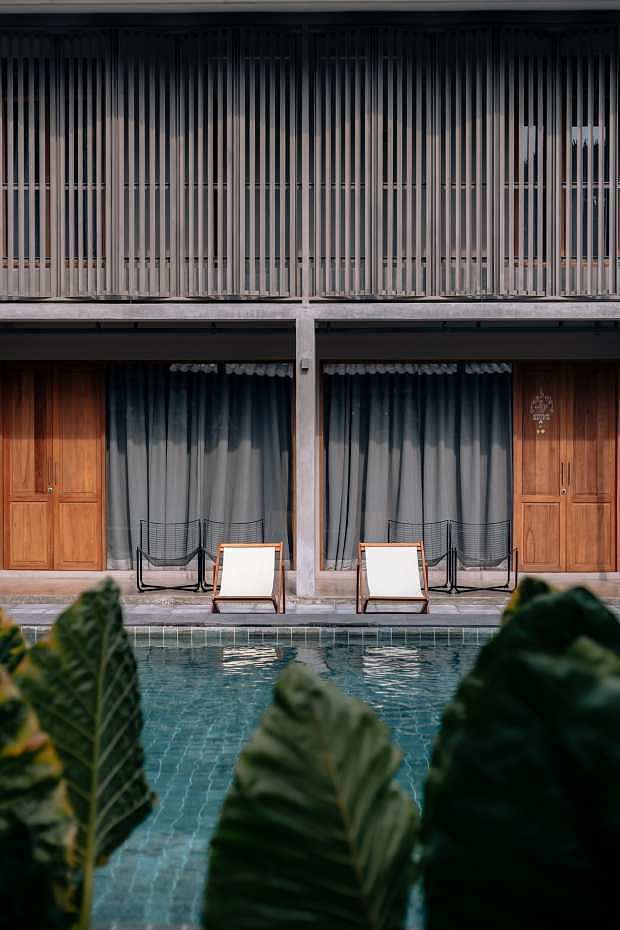



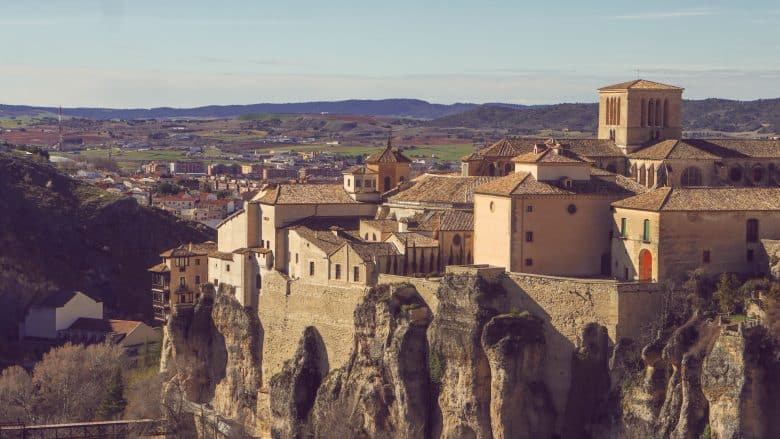
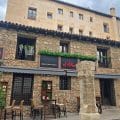


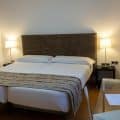
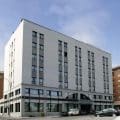

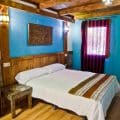
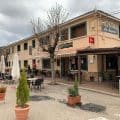


















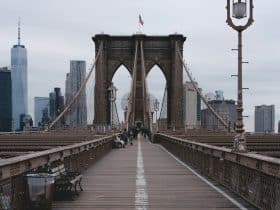
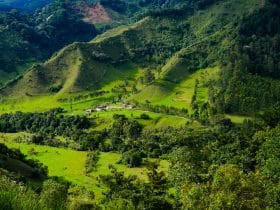

Leave a Reply
View Comments